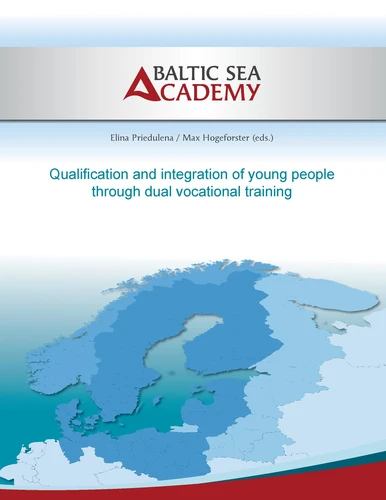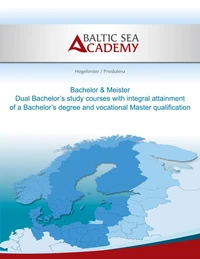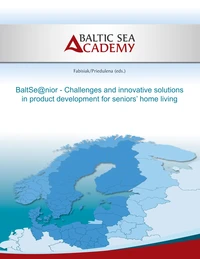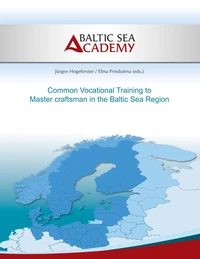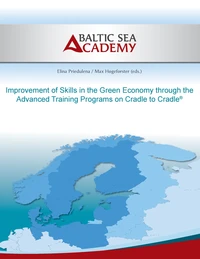Qualification and integration of young people by dual vocational training
Par : , ,Formats :
Disponible dans votre compte client Decitre ou Furet du Nord dès validation de votre commande. Le format ePub est :
- Compatible avec une lecture sur My Vivlio (smartphone, tablette, ordinateur)
- Compatible avec une lecture sur liseuses Vivlio
- Pour les liseuses autres que Vivlio, vous devez utiliser le logiciel Adobe Digital Edition. Non compatible avec la lecture sur les liseuses Kindle, Remarkable et Sony
 , qui est-ce ?
, qui est-ce ?Notre partenaire de plateforme de lecture numérique où vous retrouverez l'ensemble de vos ebooks gratuitement
Pour en savoir plus sur nos ebooks, consultez notre aide en ligne ici
- Nombre de pages336
- FormatePub
- ISBN978-3-7448-0807-1
- EAN9783744808071
- Date de parution23/08/2017
- Protection num.Digital Watermarking
- Taille3 Mo
- Infos supplémentairesepub
- ÉditeurBooks on Demand
Résumé
All European countries are facing a lack of skilled workforce and a rather high rate of youth unemployment rate. Often the qualification of the young talents does not match the actual needs of the labour market. One possibility too better align the qualifications to the real needs of the companies is to apply a work-based learning method like the dual system from Germany. It provides a high level of training on the spot, in the company.
The publication sums up experiences of introducing the dual vocational training system in Hungary, Lithuania and Poland, including curricula and evaluation reports. The book puts an emphasis on vocational training in the Baltic Sea Region and shares also experiences of VET from other, non-EU countries like Russia.
The publication sums up experiences of introducing the dual vocational training system in Hungary, Lithuania and Poland, including curricula and evaluation reports. The book puts an emphasis on vocational training in the Baltic Sea Region and shares also experiences of VET from other, non-EU countries like Russia.
All European countries are facing a lack of skilled workforce and a rather high rate of youth unemployment rate. Often the qualification of the young talents does not match the actual needs of the labour market. One possibility too better align the qualifications to the real needs of the companies is to apply a work-based learning method like the dual system from Germany. It provides a high level of training on the spot, in the company.
The publication sums up experiences of introducing the dual vocational training system in Hungary, Lithuania and Poland, including curricula and evaluation reports. The book puts an emphasis on vocational training in the Baltic Sea Region and shares also experiences of VET from other, non-EU countries like Russia.
The publication sums up experiences of introducing the dual vocational training system in Hungary, Lithuania and Poland, including curricula and evaluation reports. The book puts an emphasis on vocational training in the Baltic Sea Region and shares also experiences of VET from other, non-EU countries like Russia.

